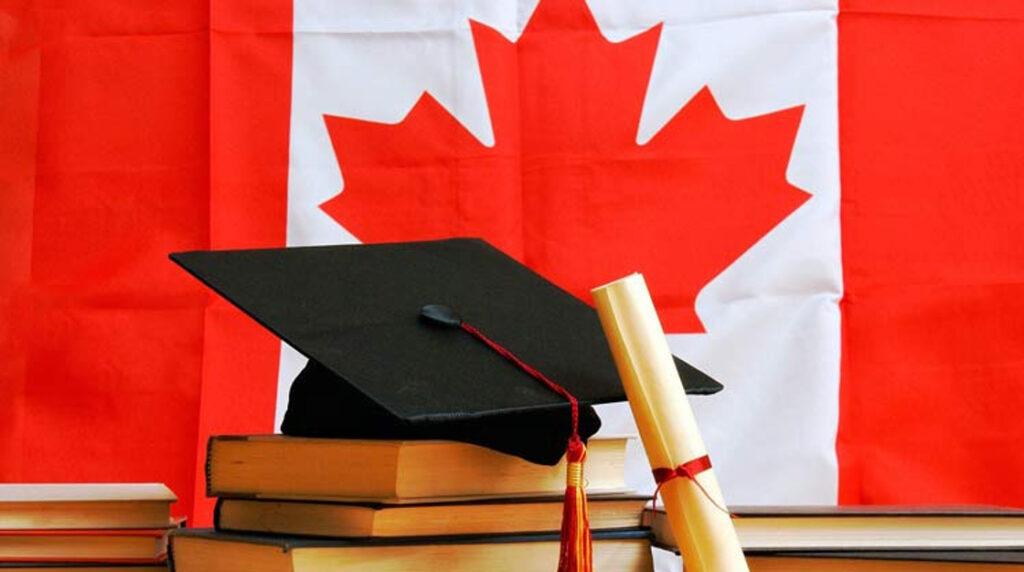When we talk about education, undoubtedly there are certain countries that come to mind due to their innovative approach and the academic excellence of their students. You might be familiar with the academic achievements of education systems such as South Korea, the Netherlands, or Canada, but have you heard about the educational revolution in Estonia? In recent years, Estonia has been leading European and even Western education rankings. In this week’s post, we will analyze the education system in Estonia and uncover the key factors that ensure its success.
Let’s dive in!
How is the education system in Estonia and what characteristics does it have?
Organization of the Education System in Estonia:
In Estonia, general education is divided into three stages: preschool, basic, and secondary. Let’s examine some noteworthy details of each stage below:
- Preschool Stage: Children aged 18 months to 7 years access this stage. There are two types of kindergartens in Estonia, municipal and private. Municipal ones are more affordable as they are subsidized, but they have a much longer waiting list than private ones. In this stage, the focus is on enhancing the development and growth of boys and girls.
- Basic Stage: Basic education covers the mandatory minimum requirements of general education. This stage consists of 9 courses and spans from 7 to 15/16 years. To successfully complete the stage, students must pass three basic exams: Estonian as a language, mathematics, and a third subject of their choice.
- Secondary Stage: This stage spans from 16 to 18 years and is divided into general and vocational secondary education. There are mandatory and elective subjects. The aim is to help students become more creative, socially mature, and develop their talents and skills.
| School year in Estonia | Ages | Equivalence in Spain | Equivalence in France |
| Grade 1 | 6-7 years old | 1º of primary | Preparatory course |
| Grade 2 | 7-8 years old | 2º of primary | Elementary course 1 |
| Grade 3 | 8-9 years old | 3º of primary | Elementary course 2 |
| Grade 4 | 9-10 years old | 4º of primary | Middle course 1 |
| Grade 5 | 10-11 years old | 5º of primary | Middle course 2 |
| Grade 6 | 11-12 years old | 6º of primary | Sixième (Collège) |
| Grade 7 | 12-13 years old | 1º of ESO | Cinquième (Collège) |
| Grade 8 | 13-14 years old | 2º of ESO | Quatrième (Collège) |
| Grade 9 | 14-15 years old | 3º of ESO | Triosème (Collège) |
| Grade 10 | 15-16 years old | 4º of ESO | Secondé (Lycée) |
| Grade 11 | 16-17 years old | 1º of bachillerato or middle grade | Première (Lycée) |
| Grade 12 | 17-18 years old | 2º of bachillerato or middle grade | Terminale (Lycée) |
Here’s how the school year works
The school year in Estonia spans 35 instructional weeks (a minimum of 175 days), starting on September 1st and concluding in early June.
They have four periods of school holidays: one week in autumn, approximately two weeks in winter, one week in spring, and a few weeks in summer.
The pillars of the education system in Estonia
If the education system in Estonia has become a benchmark in the West and worldwide, it is due to the pillars detailed below, which have propelled Estonia to the top of educational rankings.
- Inclusive education and equal opportunities
All students have access to free and mandatory basic education, regardless of their socio-economic situation. Additionally, free meals are provided in schools, contributing to the genuine inclusion of students.
In classrooms, students with different aptitudes and abilities are not separated into different levels. However, there are special centers to support students with special educational needs.
- Importance of ITC and innovation
The state strongly emphasizes introducing Information and Communication Technologies (ICT) into society, digitizing many of the country’s daily services. This is also reflected in the classroom, providing highly technology-based education. Innovation is embedded in the DNA of Estonian educational institutions, with the introduction of programming, robotics, and the use of virtual environments.
- Autonomy of centers and teachers
Both schools and teachers have the freedom and autonomy to choose how they want to teach. Educational institutions can shape and modify curricula, relying on the capabilities of the school’s principal. Teachers have the freedom to implement innovative practices in the classroom, aiming to foster critical thinking and meaningful student learning.
- Continuous teacher training
A final pillar of the education system in Estonia is the ongoing training of teachers, allowing for a highly qualified, trained, and experienced teaching staff. Teacher training focuses on technology and innovative practices.
Have you been surprised by Estonia’s significant commitment to innovation and technology?
In the case of Estonia, we see the tremendous importance placed on innovation and technology in the education system. Undoubtedly, this commitment aligns with the values of Additio App to digitize educational centers for improved teaching practices.
What are your thoughts on the education system in Estonia? We look forward to hearing from you on social media: Facebook, Twitter, Instagram and Youtube.
And remember, now is a great time to start trying Additio App for the upcoming school year. With the free Additio Starter plan, it’s very easy!
See you soon!





